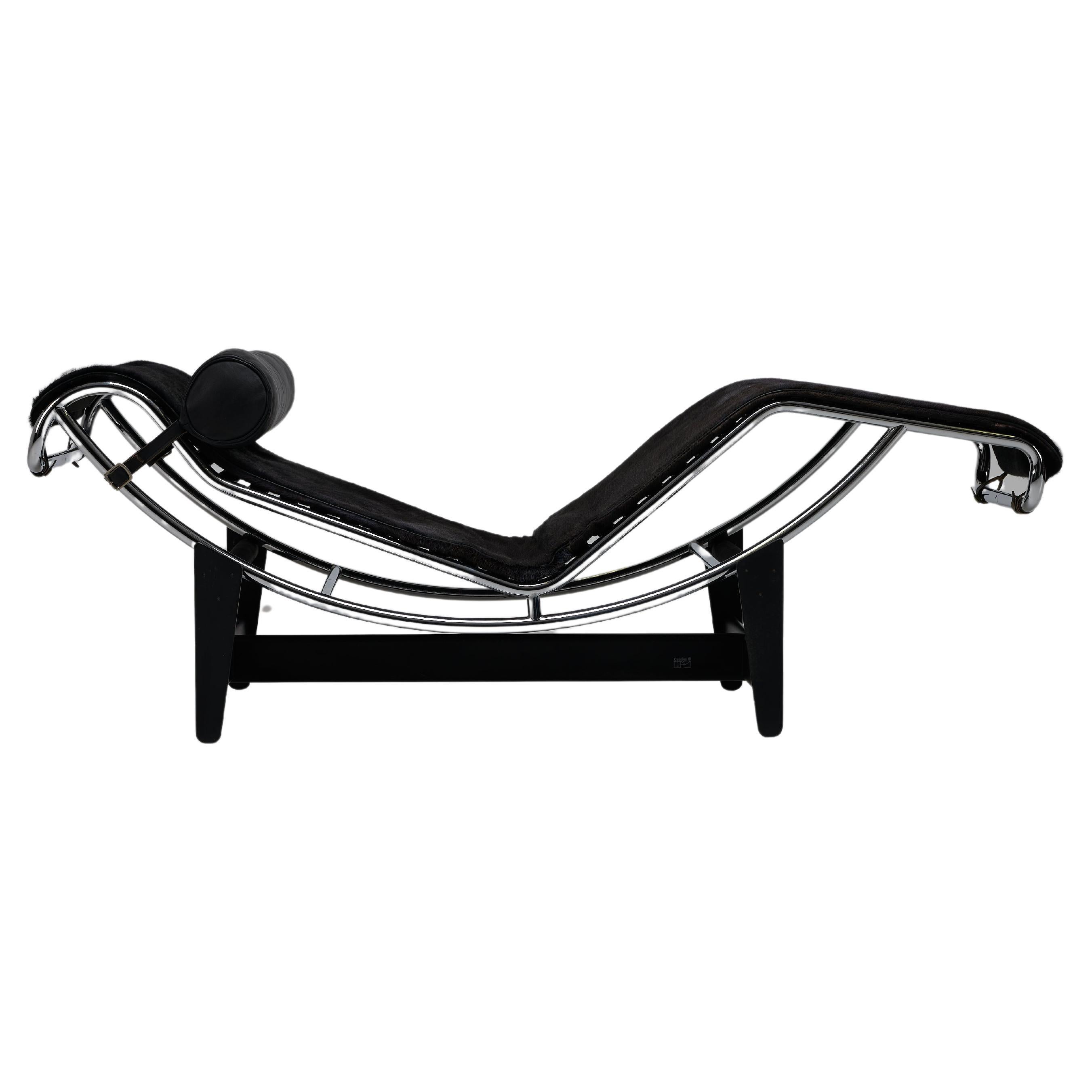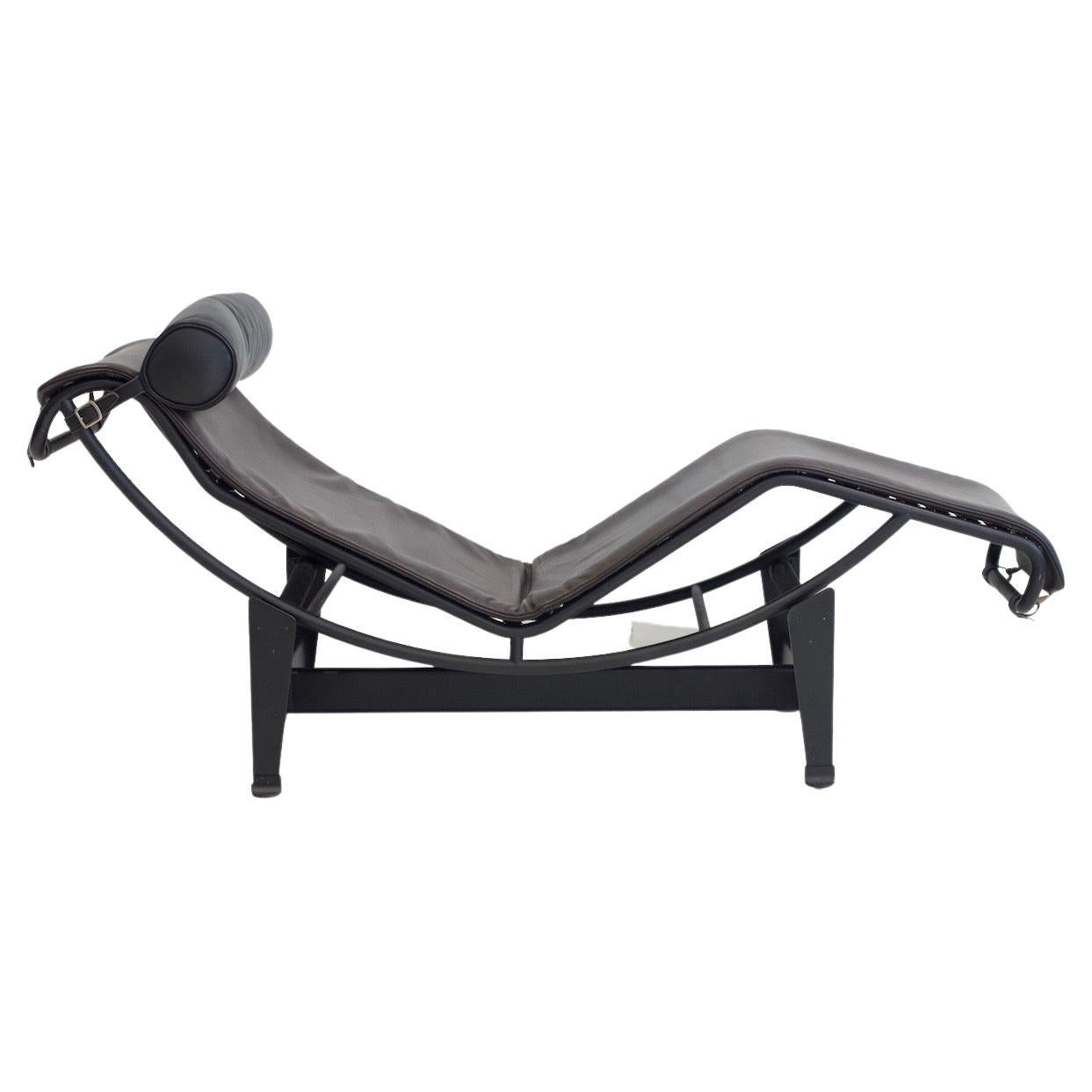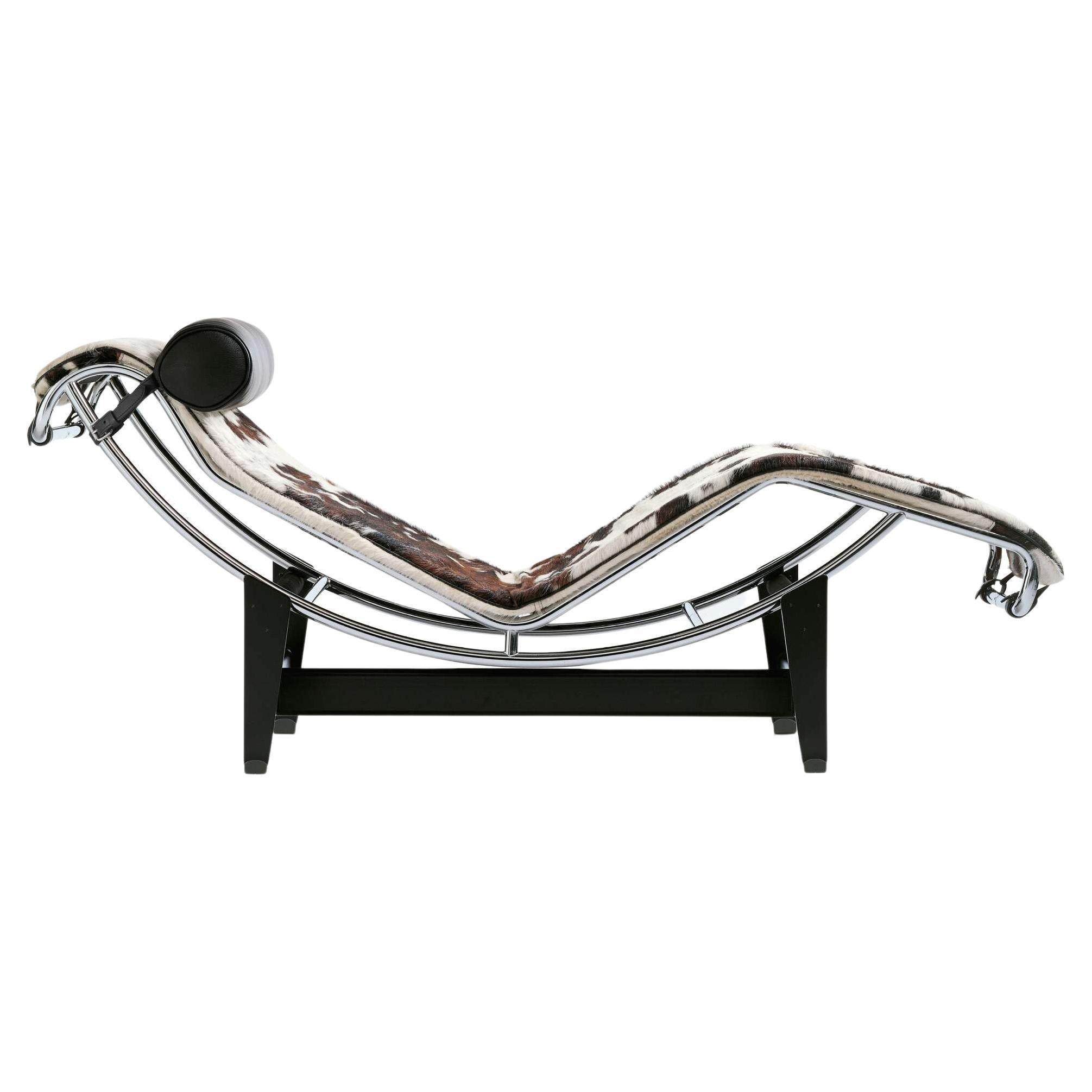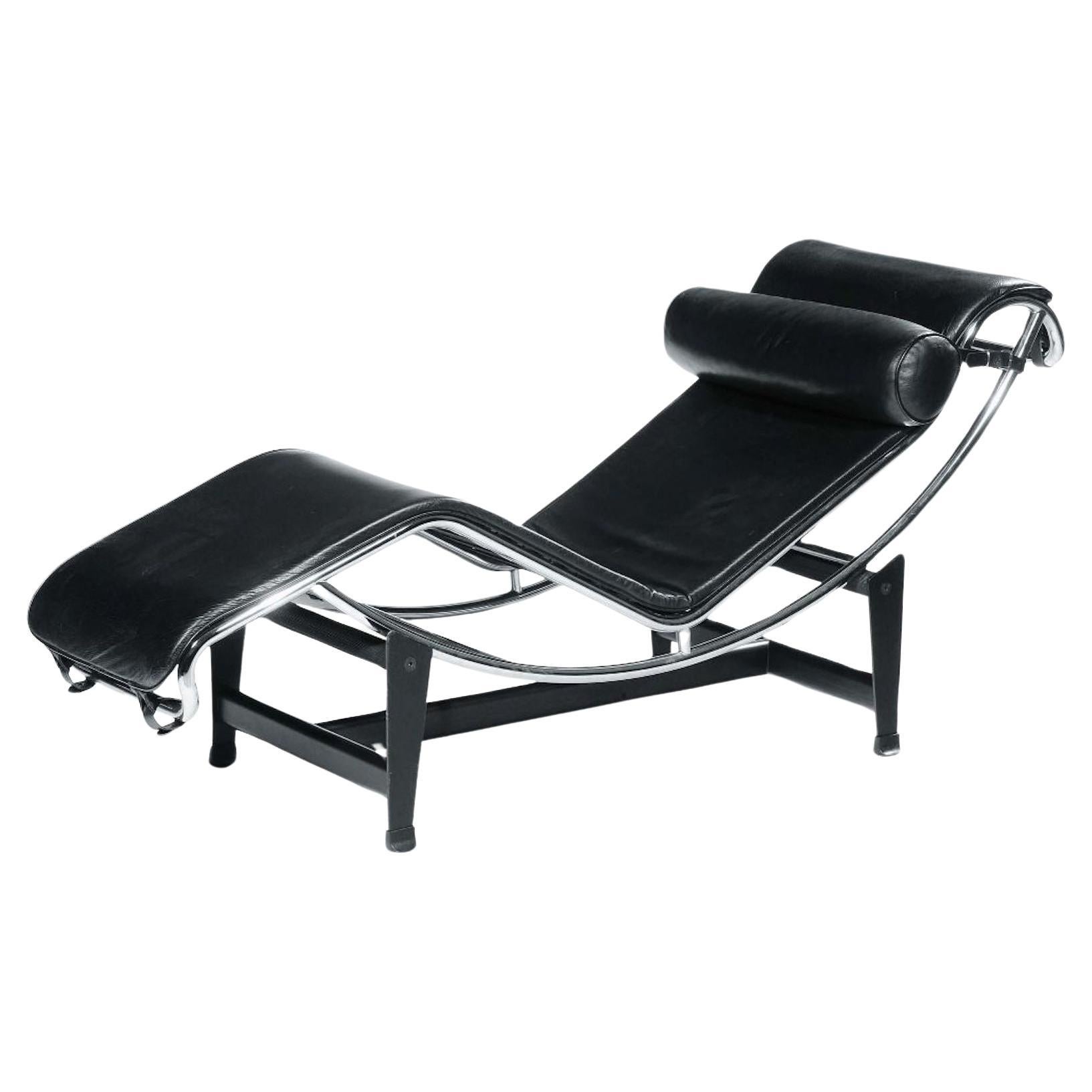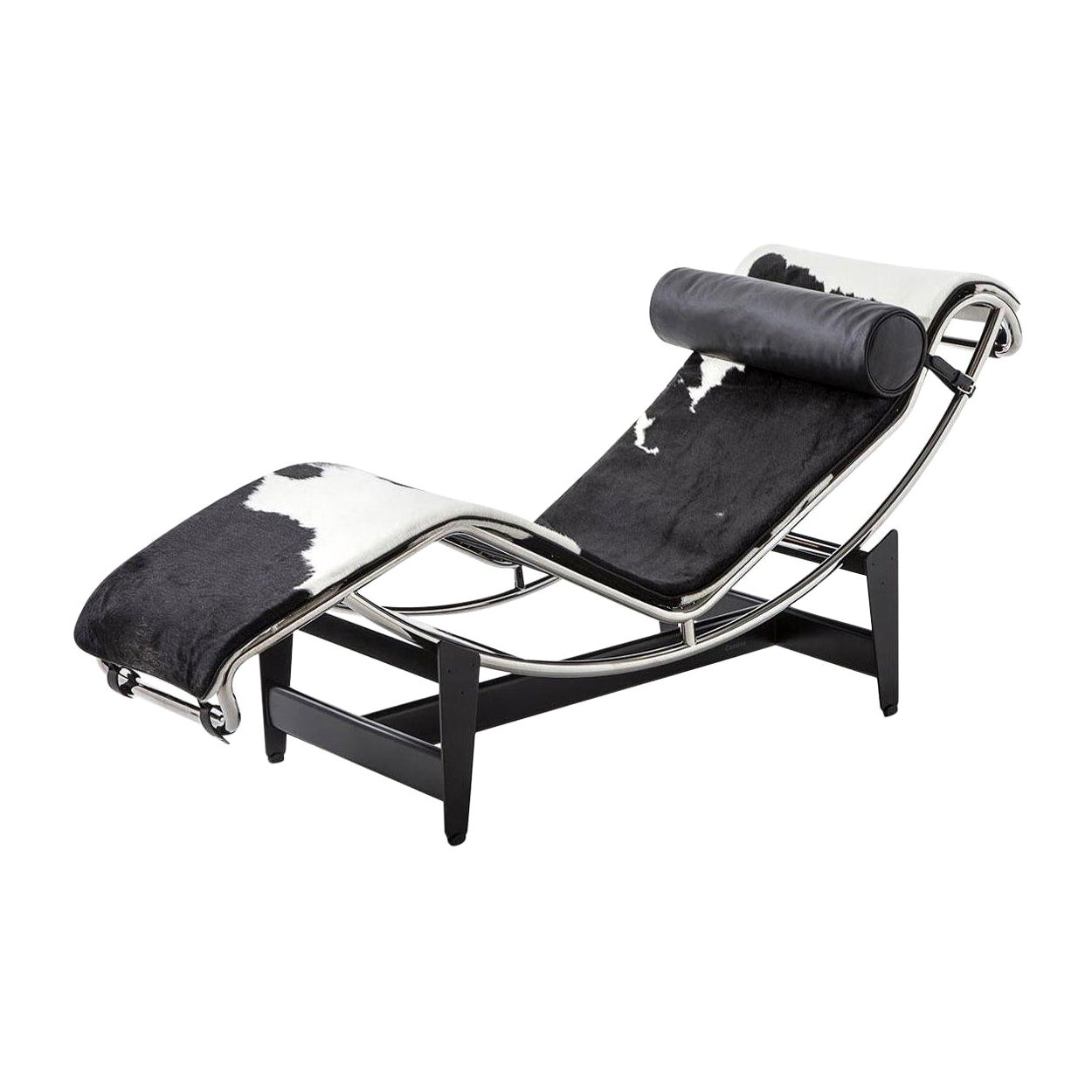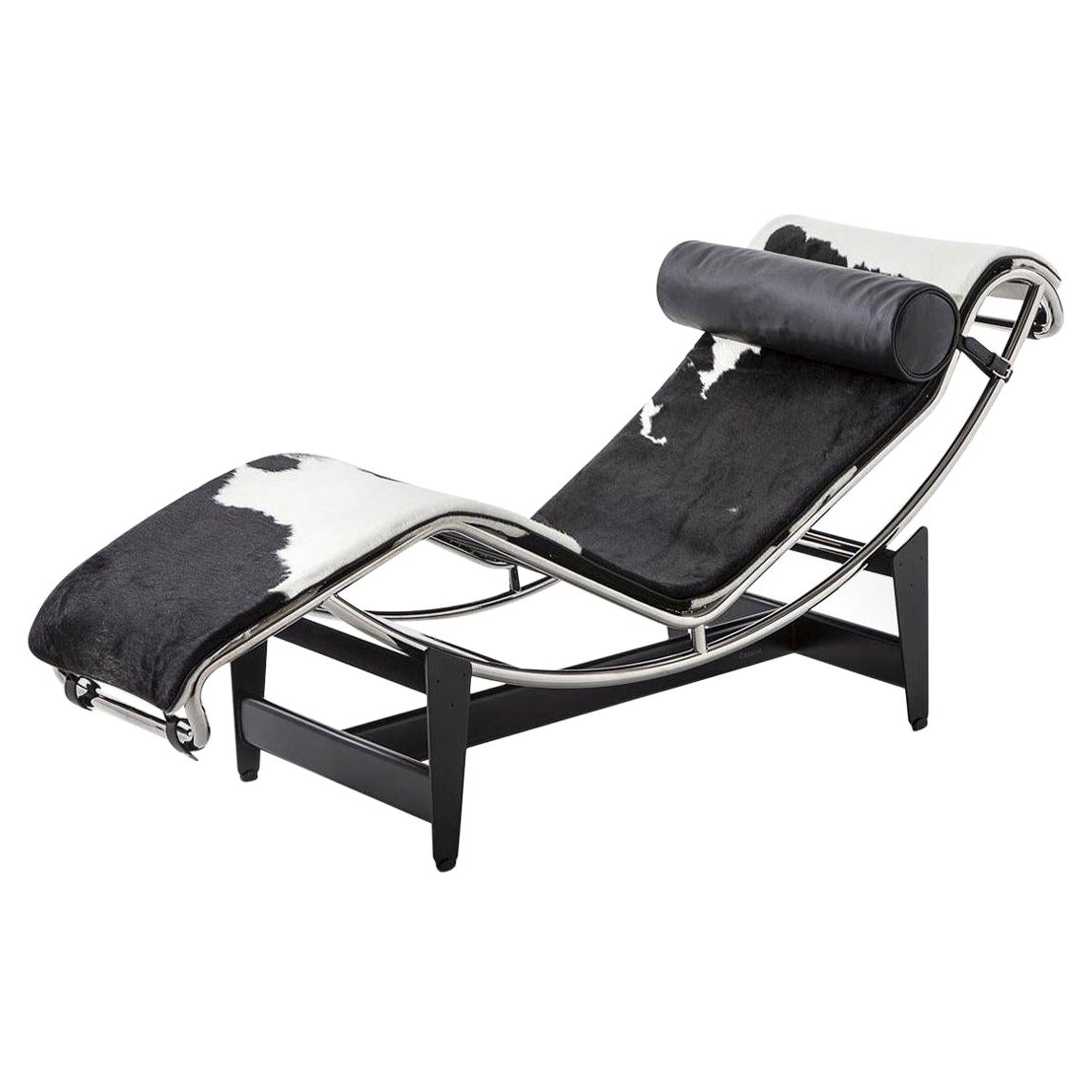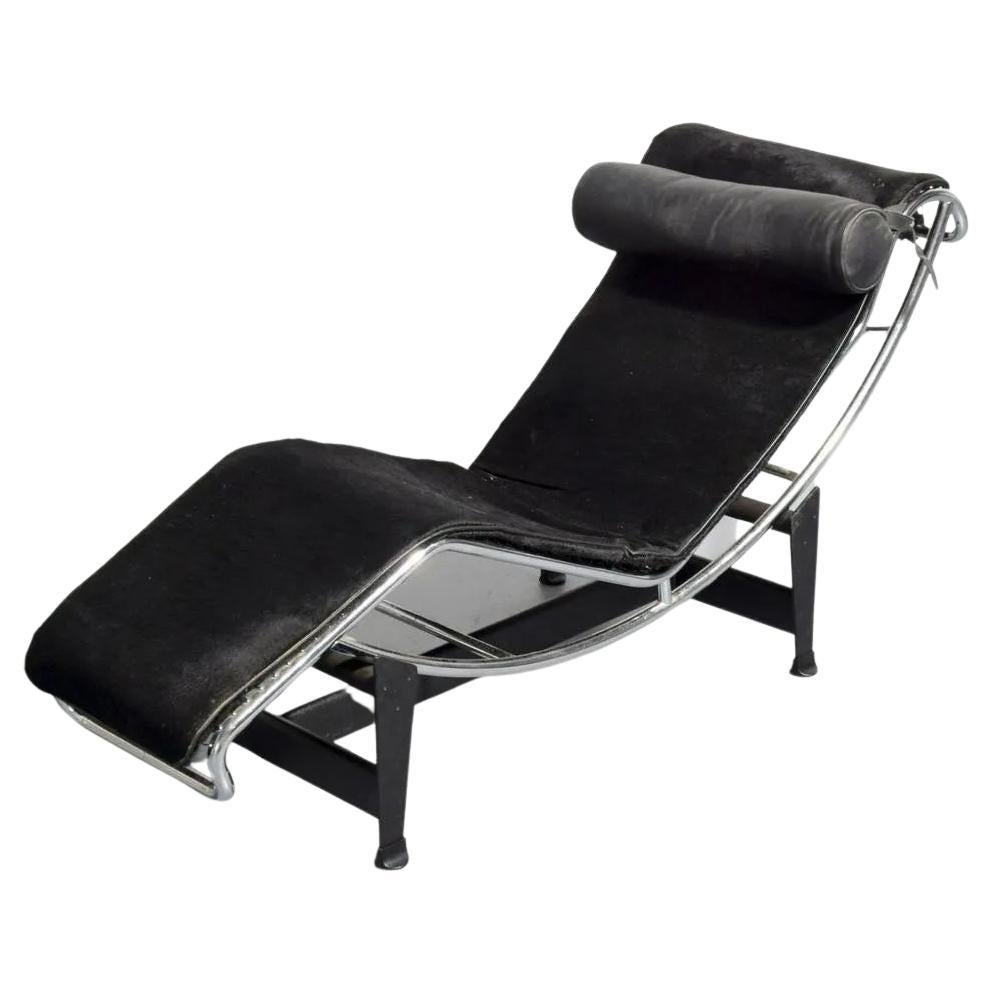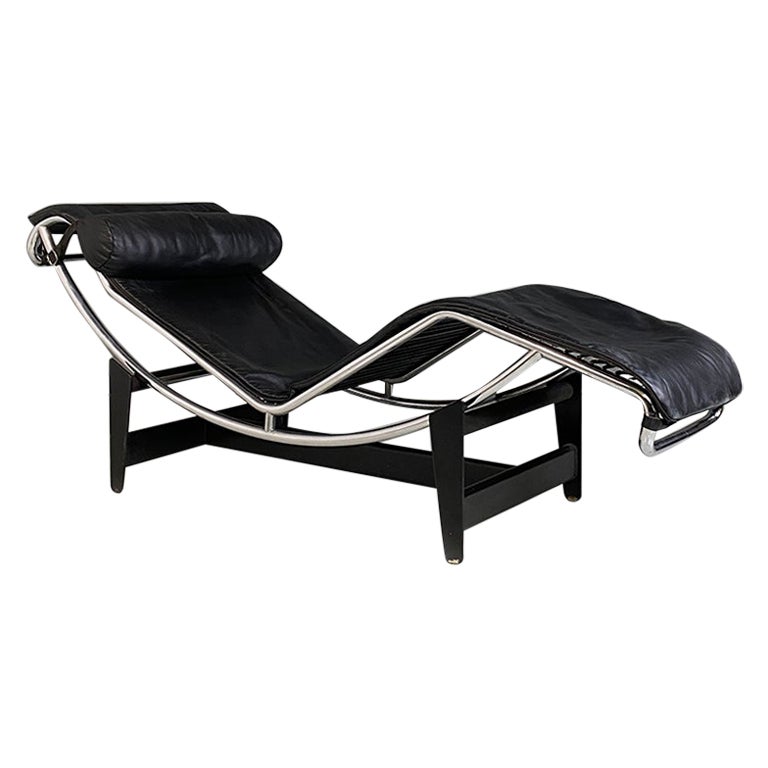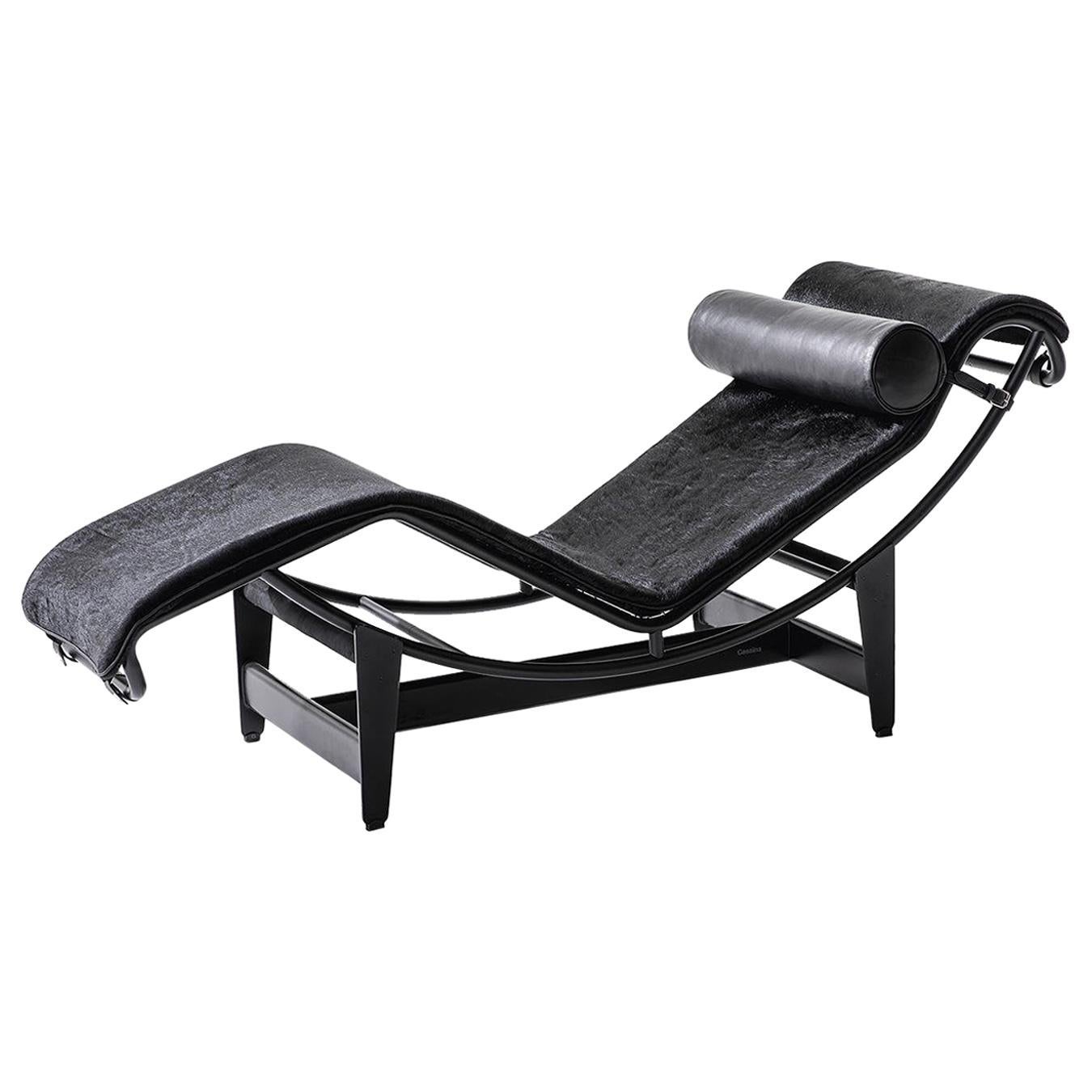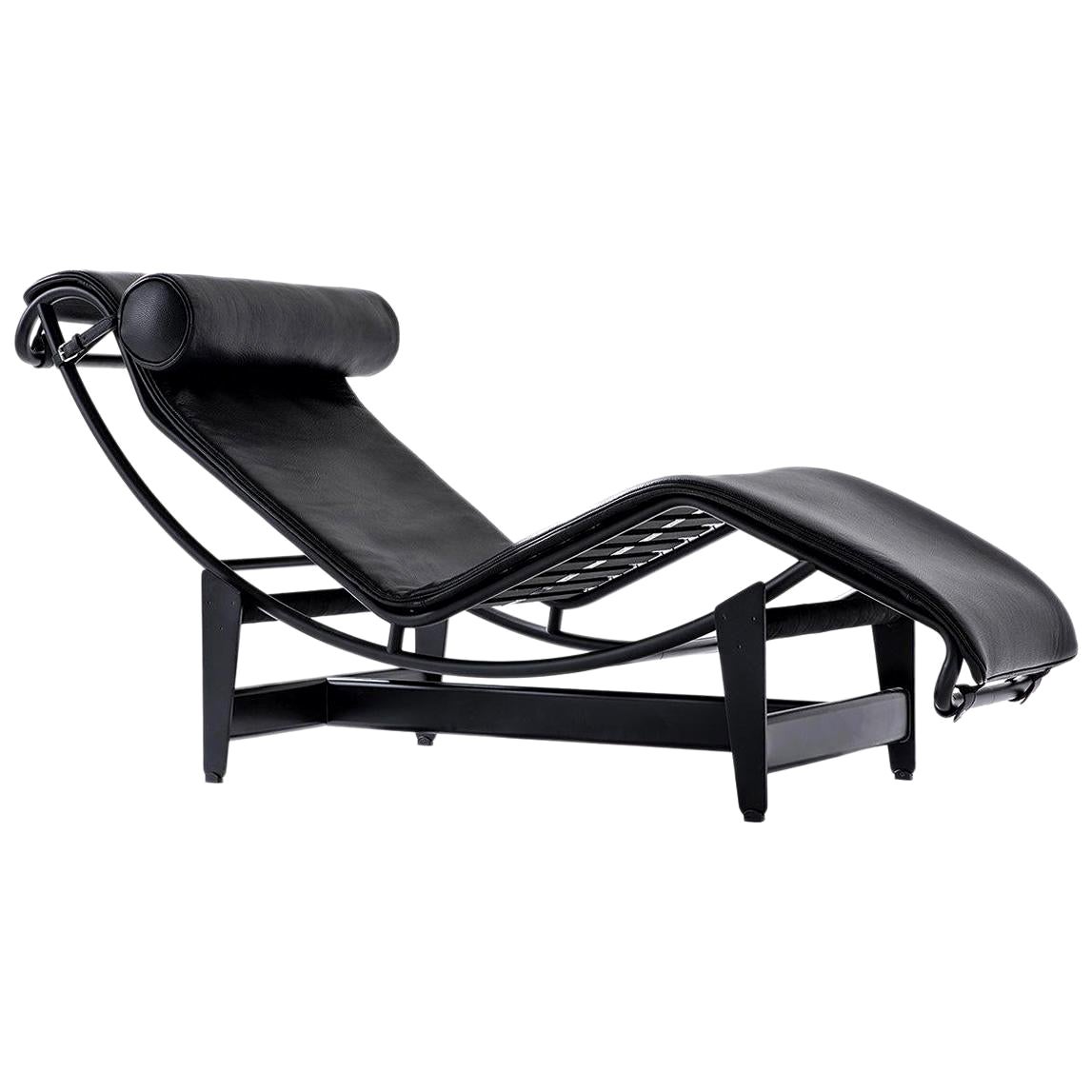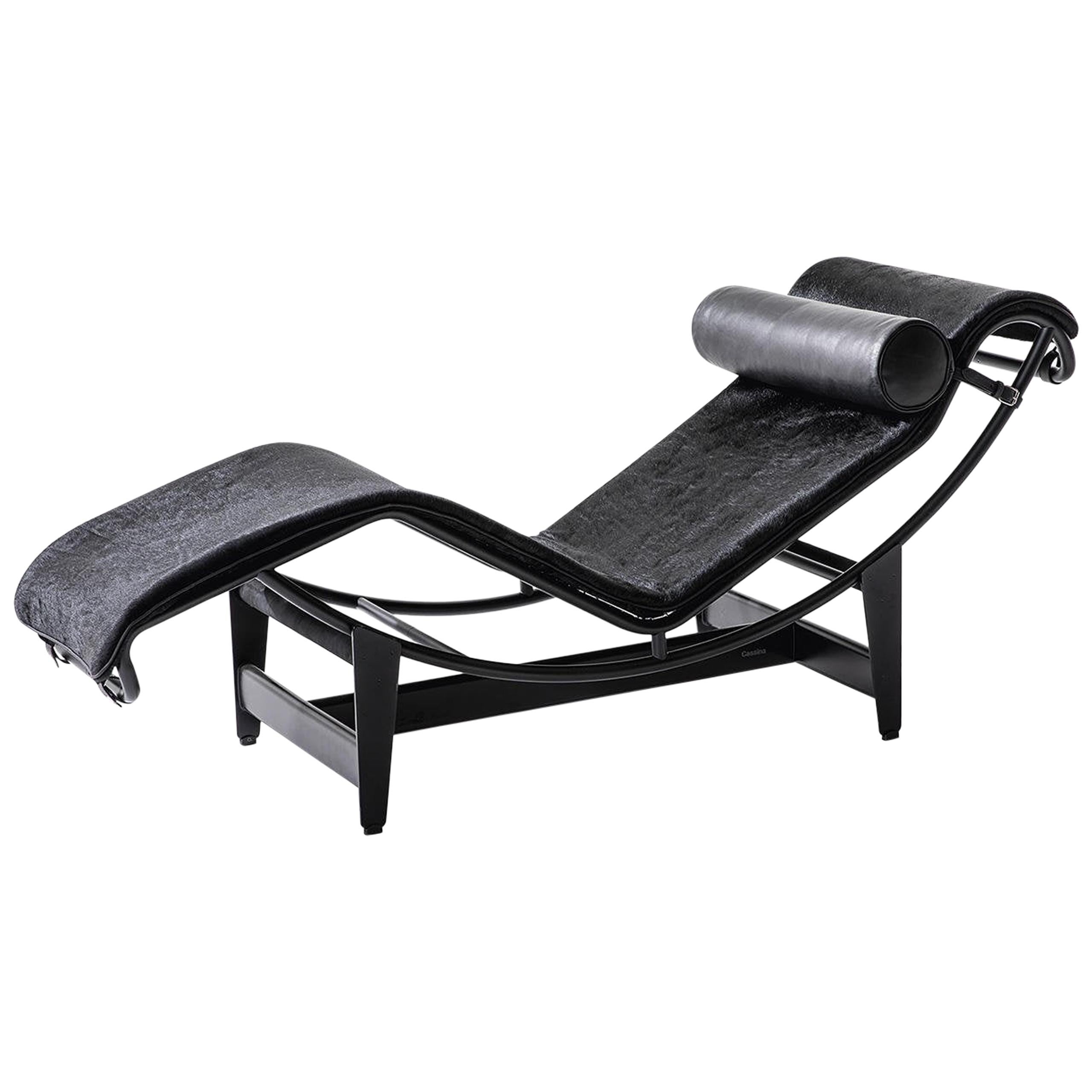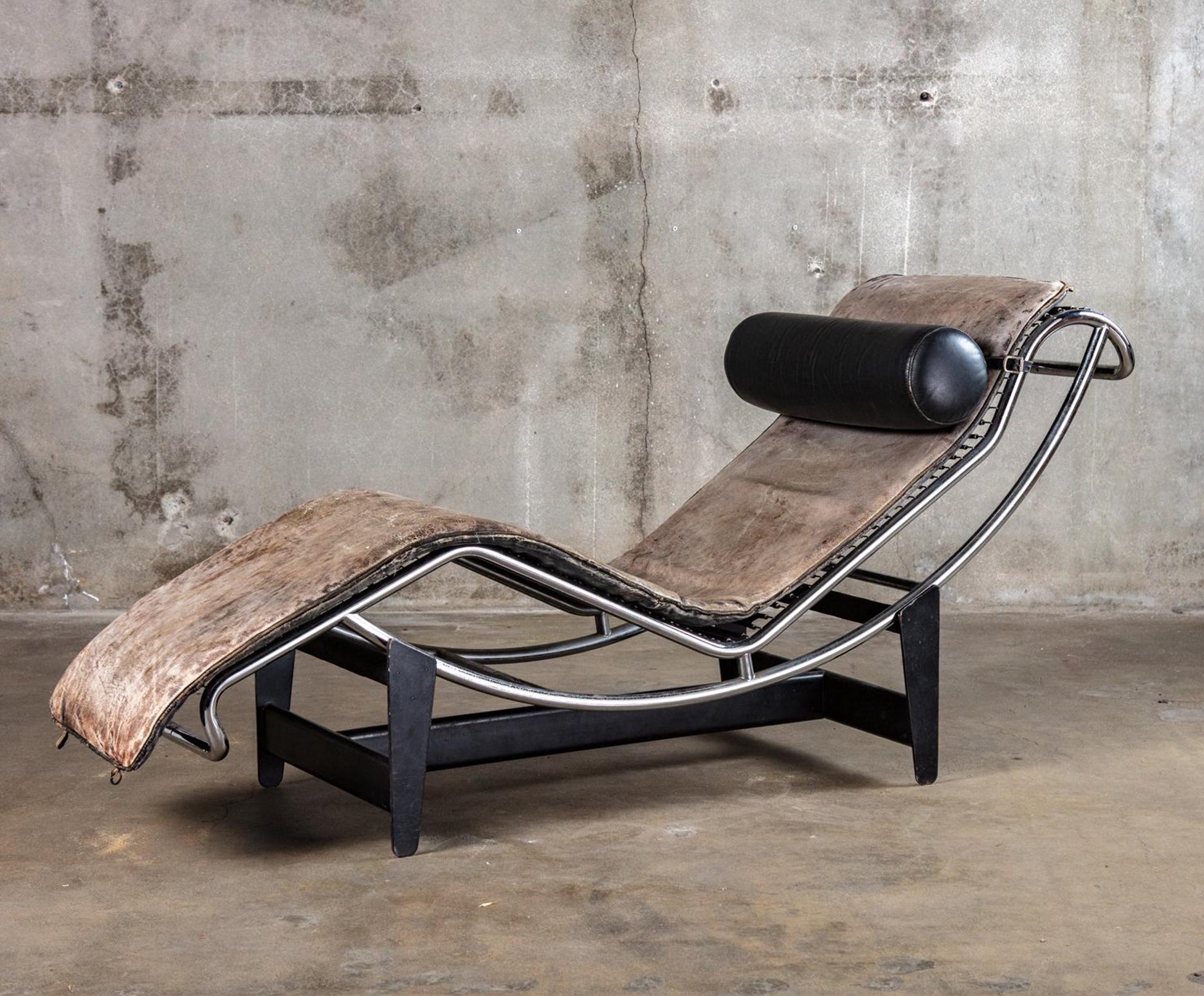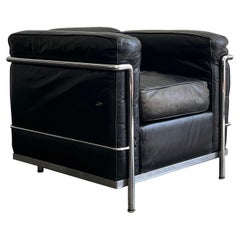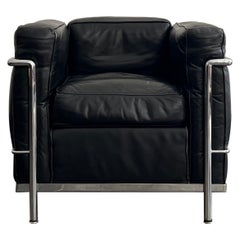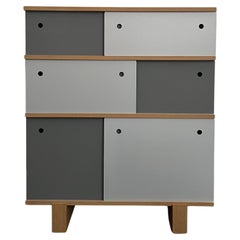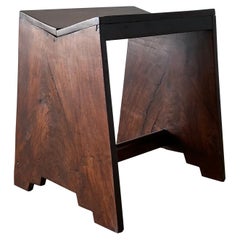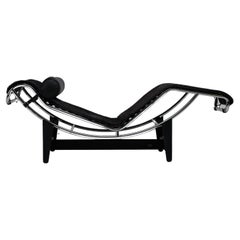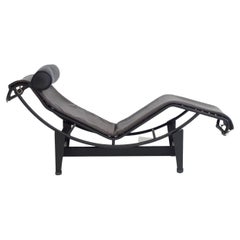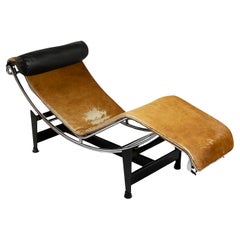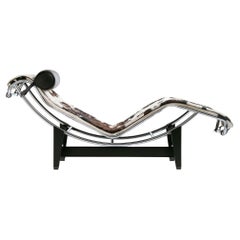
LC4 by Le Corbusier, Pierre Jeanneret, and Charlotte Perriand for Cassina
View Similar Items
LC4 by Le Corbusier, Pierre Jeanneret, and Charlotte Perriand for Cassina
About the Item
- Creator:Le Corbusier, Pierre Jeanneret, Charlotte Perriand Cassina (Designer),Cassina (Manufacturer),Charlotte Perriand (Designer),Le Corbusier (Designer),Pierre Jeanneret (Designer)
- Design:
- Dimensions:Height: 33 in (83.82 cm)Width: 22 in (55.88 cm)Depth: 63 in (160.02 cm)Seat Height: 17.5 in (44.45 cm)
- Style:Mid-Century Modern (Of the Period)
- Materials and Techniques:
- Place of Origin:
- Period:
- Date of Manufacture:2010s
- Condition:Wear consistent with age and use.
- Seller Location:Saint Paul, MN
- Reference Number:1stDibs: LU7331234497682
LC4 Chaise Longue
Charles-Édouard Jeanneret, the Swiss-born designer and architect known as Le Corbusier (1887–1965), famously described the houses he designed as machines to live in. It is only fitting then that he would furnish each home with its own machines built to meet specific needs. Designed in 1928, the LC4 chaise longue is a “relaxing machine,” according to Le Corbusier, its curves mimicking those of a lounging body. Part of his first-ever collection of furniture, made in collaboration with designer Charlotte Perriand (1903–99) and his cousin Pierre Jeanneret (1896–1967), the LC4 is an ode to the principles of modernism: rejection of ornament and the prioritization of functionality.
Le Corbusier believed that furniture should be an extension of our limbs and that it should adapt to our functions. In reflecting his sketches of the various positions of the lounging human body, the LC4 chaise longue features a fully movable frame that adjusts at the base, allowing the user to set it upright or fully reclined. The curved tubular steel base echoes the material exploration taking place at the beginning of the 20th century, in which designers experimented with the flexibility of steel, plastics and molded plywood. But the upholstery was cowhide or leather, the softness of which starkly contrasts with the industrial steel and angular shape. The LC4 has a sculptural presence in any given room, which is perhaps a result of Le Corbusier having dispensed with the metric system and instead drawing on his own system of proportion based on the “ideal” male body.
Furniture designed by Le Corbusier in collaboration with Pierre Jeanneret and Charlotte Perriand — a gifted innovator who was initially dismissed by the French architect but was later tasked with creating furniture and interiors — was originally produced by Austrian manufacturer Thonet. But in 1964, the Italian furniture company Cassina acquired the production and sales rights to the LC4 chaise longue, and the LC collection, as it was christened, has been in production there ever since. The collection originally included 19 pieces, each titled in the same alphanumerical style — LC1, LC2, LC3 and so on — that encapsulated a full range of furniture, from armchairs to dining tables.
The LC4 remains the definitive chaise longue of the 20th century, its position secured by its unusual form and its representation of functionality and modernism. With the LC4, Le Corbusier also confronted the inconceivable challenge of making an object built like a machine feel inviting and comfortable.
Le Corbusier, Pierre Jeanneret, Charlotte Perriand Cassina
The trio of Charlotte Perriand, Le Corbusier and Pierre Jeanneret is known for its widely acclaimed and influential modernist furniture designs.
In the early 1920s, Charles-Édouard Jeanneret, the revered Swiss-French architect known professionally as Le Corbusier, entered into collaboration with his cousin, Pierre Jeanneret, who shared his grand vision for egalitarian building projects and interior design. They later recruited the pioneering young female architect Charlotte Perriand to join their venture.
Perriand's installation Bar sous le toit (“bar under the roof”), a recreation of part of her own apartment shown at the 1927 Salon d’Automne in Paris, caught Le Corbusier's attention and prompted the cousins to recruit her to work at their architecture practice. She would be tasked with designing interiors and furniture. Such status was rare for a woman at the time — in fact, when Perriand sought work at Le Corbusier’s atelier mere months before the exhibition, he famously dismissed her with a sexist remark.
The collective called their shared project l’équipement d'intérieur de l’habitation (“the interior equipment of the house”), and they designed furniture that remains celebrated today. The LC series of armchairs, lounge chairs and sofas, for example, saw the designers working with tubular chrome steel and plush foam cushions upholstered in leather. Bereft of ornament and prized for its functionality, the series is currently manufactured by Cassina. The cohort's LC4 chaise lounge was displayed at the 1929 Salon d’Automne, and the spare but sculptural seat — as well as the group’s other furnishings — influenced the likes of Willy Rizzo as well as a range of other modernist designers and furniture innovators.
Reportedly owing to political differences, the trio’s collaboration ended in 1937. Le Corbusier and Pierre continued working together, primarily in architecture.
In the early 1950s, at the invitation of Indian Prime Minister Jawaharlal Nehru, Le Corbusier and his cousin collaborated on a building project in Chandigarh, India. While the Chandigarh project is most frequently associated with Le Corbusier, he didn’t actually move to India and instead monitored progress during visits to the region. Pierre, however, was extensively involved. As the project’s first chief architect, Pierre remained onsite to oversee implementation of design and to coordinate construction of schools, government housing, shopping centers and more.
In 1940, Charlotte Perriand moved to Japan after France fell to Nazi forces. She was offered a position at the Japanese Ministry of Trade and Industry as a consultant on the country’s industrial arts. While there, Perriand adopted many Japanese artistic principles and incorporated them into her own revolutionary furniture designs. She would also closely collaborate with self-taught French furniture designer Jean Prouvé in the years that followed.
Time has shown that some of the works attributed to the Jeanneret cousins are either Perriand’s own designs or she was an uncredited contributor.
On 1stDibs, find an array of vintage Charlotte Perriand, Le Corbusier and Pierre Jeanneret furniture, including tables, storage cabinets and lighting.
More From This Seller
View AllMid-20th Century European Mid-Century Modern Club Chairs
Leather
Mid-20th Century European Mid-Century Modern Club Chairs
Leather
Mid-20th Century European Mid-Century Modern Cabinets
Aluminum
Mid-20th Century Indian Mid-Century Modern Stools
Wood
Mid-20th Century American Mid-Century Modern Lounge Chairs
Maple
Mid-20th Century Mid-Century Modern Coffee and Cocktail Tables
Iron
You May Also Like
1990s Italian Minimalist Chaise Longues
Metal
Mid-20th Century Italian Mid-Century Modern Chaise Longues
Metal, Steel, Chrome
Mid-20th Century Italian Mid-Century Modern Lounge Chairs
Chrome, Metal
2010s Italian Mid-Century Modern Chaise Longues
Metal
Vintage 1970s Italian Bauhaus Chaise Longues
Metal
2010s Italian Mid-Century Modern Chaise Longues
Metal
